What are the characteristics of Robusta and Arabica How to identify Robusta coffee beans
[preface]
Robusta coffee beans and Arabica coffee beans are arguably our two most common beans, so what's the difference between the two?
[Arabica]
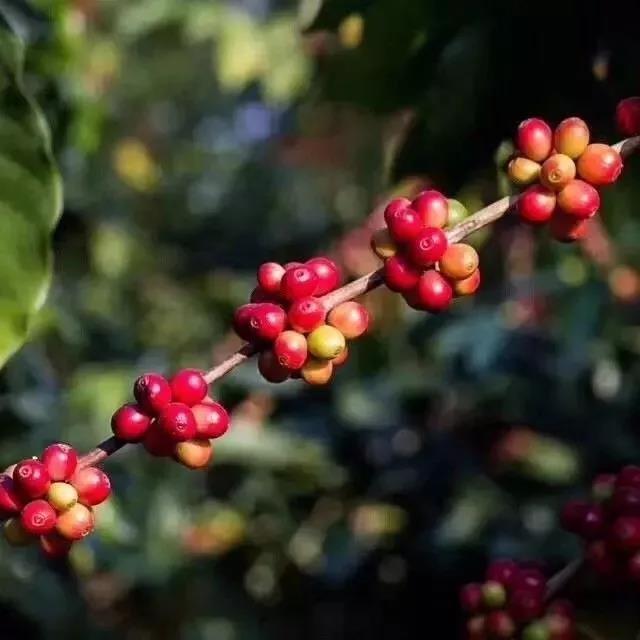
Arabica coffee refers to Arabica coffee trees, accounting for about 70% to 80% of the world's coffee production, mostly grown on volcanic slopes or plateaus above sea level of 500 to 1500 meters above sea level. The bean shape is oval, slender and flat, moderate sour and bitter, mild aroma. At present, Brazil is the largest grower of Arabica, while Colombia produces only Arabica coffee.
Arabica is low in caffeine, about 0.9% to 1.2%; it contains 60% more fat than robusta coffee; it contains twice as much sugar; as a result, Arabica tastes sweet, soft and sour like a plum fruit. And Arabica's chlorogenic acid is low, about 5.5% to 8%, chlorogenic acid is not only antioxidant, but also an important component of resistance to pests, so Arabica is more vulnerable to insect damage, but also vulnerable to climate, generally planted at higher elevations, bearing less fruit and slower.
[Robusta]

Robusta coffee, which accounts for about 20% to 30% of the world's coffee production, is suitable for growing on slopes below 500 meters above sea level. Luo Busta grows in an area with an elevation of 0muri 800m, a temperature of 18Murray 36 ℃, and an annual precipitation of 2200-3000 mm. It takes about 9 months from flowering to fruit ripening. The bean shape is oval but shorter, bitter and less fragrant than Arabica coffee. Its caffeine content is 1.8-3.5%. Robusta coffee beans are generally used for instant solution because they extract twice as much coffee liquid as Arabica. At present, the largest grower of Robusta is Vietnam, which is also produced in Africa and India.
Compared with Arabica, Robusta has higher caffeine content, about 1.6% to 2.4%, and lower fat and sugar content, so it tastes more bitter and stronger. People who like the smell like it, while people who don't like it say it smells like rubber. Robusta has a high content of chlorogenic acid, about 7% to 10%, which is not easy to be affected by insects and climate. It is generally planted at a low altitude, bearing many fruits and fast.
[Arabica VS Robusta]

In appearance

◎ Arabica coffee beans are long oval and flat in shape, with S-shaped or C-shaped midline.
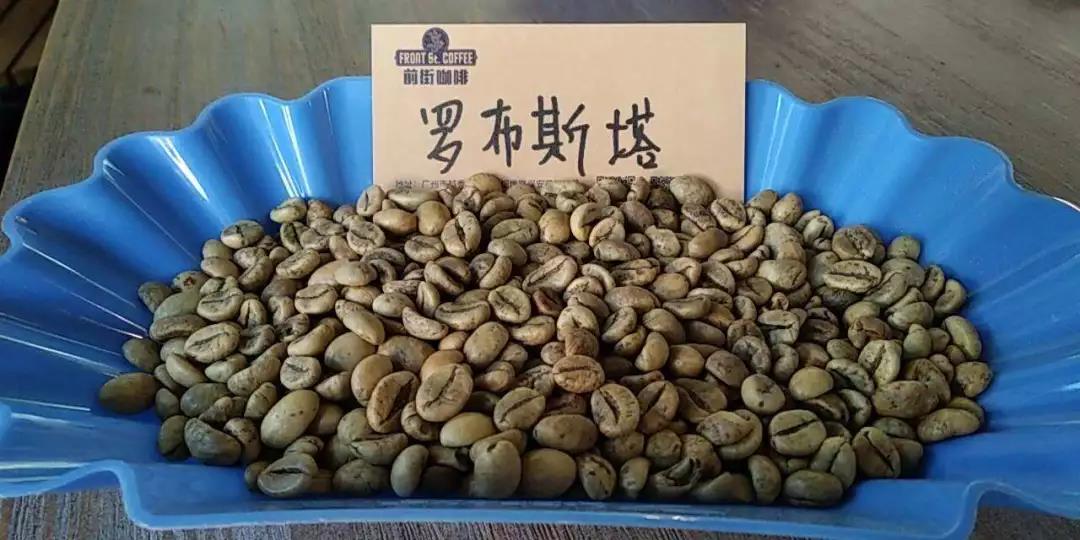
◎ Robusta coffee beans are oval, spherical or nearly spherical in shape, with a straight line in the center line.
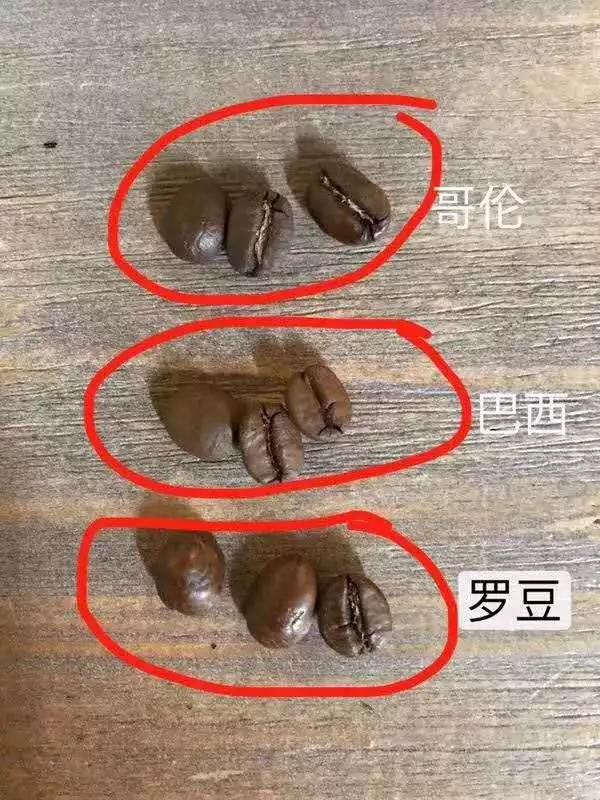
This way of identifying beans by their appearance will be easier to identify in the state of raw coffee beans. However, because the bean body expands and deforms after baking, it becomes round, and the center line changes from S to a straight line (or C), so it is one-sided to identify beans by the appearance of coffee-cooked beans.
And due to the squeeze in the growth process or uneven sunlight, even Luodou, the midline may appear "S" or "C"; even Adou, it is possible to show a relatively straight "C". In other words, whether it is Luo Dou or Ah Dou, there will inevitably be one or two "mole" in a pile of beans.
If Arabica beans and robusta beans are baked together, because the sugar content of Luodou is very low, the caramelization reaction is less and short, and it is not easy to color, so the color is lighter and can be easily identified by comparison. Of course, it is difficult to say if you are baking and mixing separately, and if you want to know whether a bag of beans contains Luodou, in addition to these appearance judgments, it also depends on the proportion of those suspected "Luodou" in this packet of beans. After all, if there are too few Luodou, there is no benefit to speak of, nor can it achieve the goal of changing flavor and taste. It is laborious and unflattering, and it does not make sense.
In flavor
[Arabica]
Arabica coffee produced in different regions, different elevations and different climates has its own characteristics and can show completely different individual flavor. It smells like grass when it is not baked, and after proper baking, it shows "fruity" (medium-shallow baking) and "caramel flavor" (deep baking). Suitable for a single origin and a variety of mixed beans, can be made using a variety of extraction techniques.

Medium to high aroma, bright acidity, smooth taste, medium to low mellow thickness, with a good return to sweet.
[Robusta]
It is mainly used for concentrating and blending to increase the thickness of alcohol and get rich oil. The ratio is usually 5-15%, sometimes to more than 25% of the total amount of roasted coffee blended.
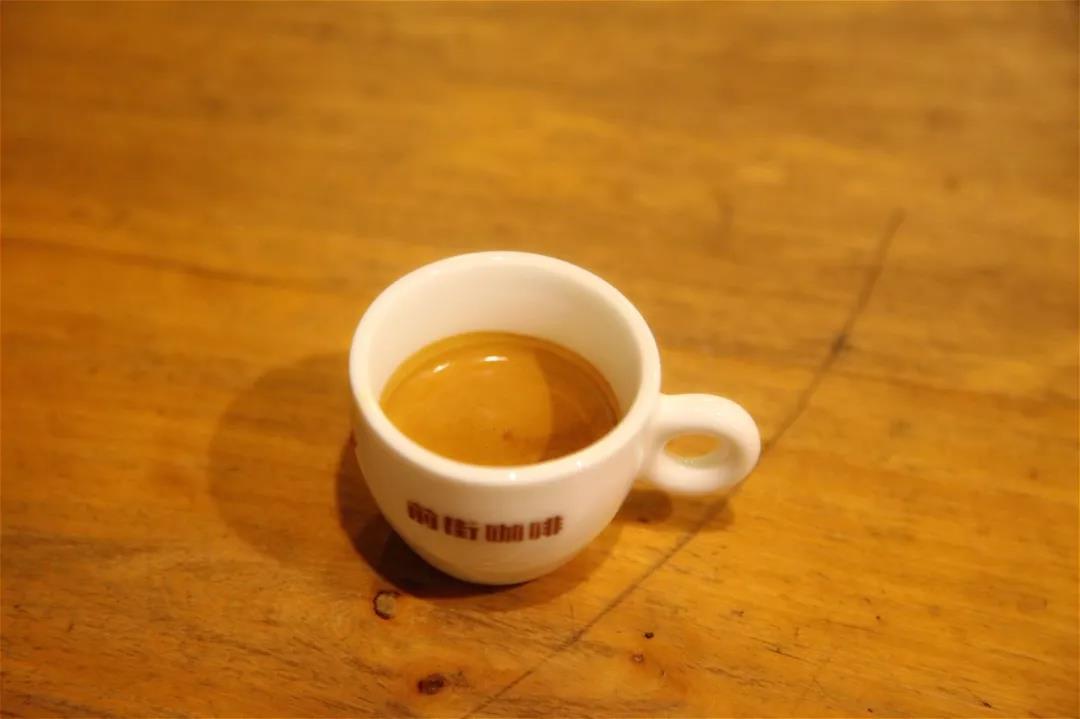
Medium to low aromatic, low acidity, taste with strong bitterness, mellow thickness, wood flavor, Huigan has pyrolysis and spicy taste.
Because Robusta is cheap, it is generally used to mix mixed coffee beans or instant coffee to reduce costs. However, the price cannot be used to measure its quality. Robusta with good quality tastes better than Arabica beans with poor quality. The high-quality robusta coffee beans, for example, are often used to mix traditional espresso (espressos), just like the commercial mix on the front street, with 10% Luodou, which makes the concentrated taste mellow and rich in oil. Therefore, the choice of coffee beans depends entirely on personal preference.
Important Notice :
前街咖啡 FrontStreet Coffee has moved to new addredd:
FrontStreet Coffee Address: 315,Donghua East Road,GuangZhou
Tel:020 38364473
- Prev
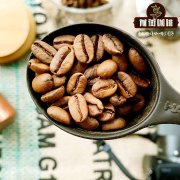
Coffee knowledge | characteristics and introduction of Honduran coffee
For more information about coffee beans, please follow Coffee Workshop (official Wechat account cafe_style) Honduras: special Highland Coffee Honduras is located in the north of Central America, facing the Caribbean Sea to the north, the Gulf of Fonseca in the Pacific Ocean to the south, Nicaragua and El Salvador to the east and south, and Guatemala to the west, mostly mountains and plateaus. It has a tropical climate, Qi.
- Next

Coffee knowledge | what are the raw beans of Brazilian coffee?
Professional coffee knowledge exchange more coffee bean information Please pay attention to the coffee workshop (Wechat official account cafe_style) the four most common treatment methods of Brazilian coffee are: natural sun treatment, desizing treatment, semi-washing and water washing, of which natural sun treatment is the most popular. Due to the two main producing areas of Brazil, Serrado Minero (Cerrado Mineiro) and Mogiana Poly
Related
- Beginners will see the "Coffee pull flower" guide!
- What is the difference between ice blog purified milk and ordinary milk coffee?
- Why is the Philippines the largest producer of crops in Liberia?
- For coffee extraction, should the fine powder be retained?
- How does extracted espresso fill pressed powder? How much strength does it take to press the powder?
- How to make jasmine cold extract coffee? Is the jasmine + latte good?
- Will this little toy really make the coffee taste better? How does Lily Drip affect coffee extraction?
- Will the action of slapping the filter cup also affect coffee extraction?
- What's the difference between powder-to-water ratio and powder-to-liquid ratio?
- What is the Ethiopian local species? What does it have to do with Heirloom native species?

